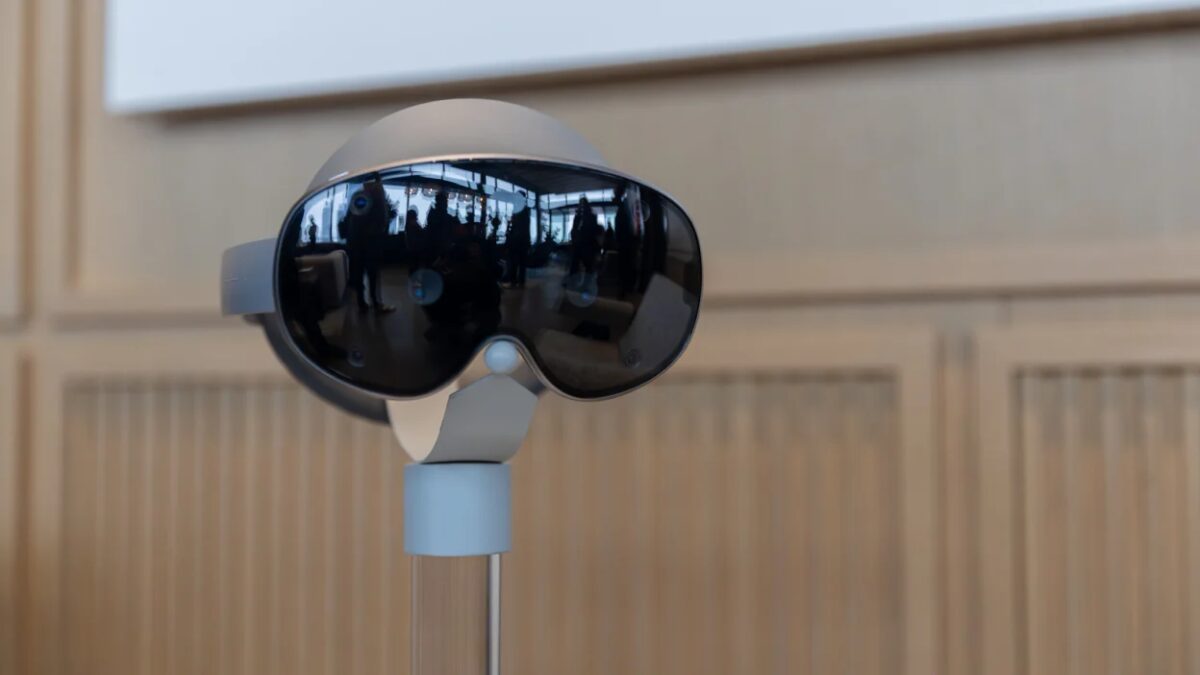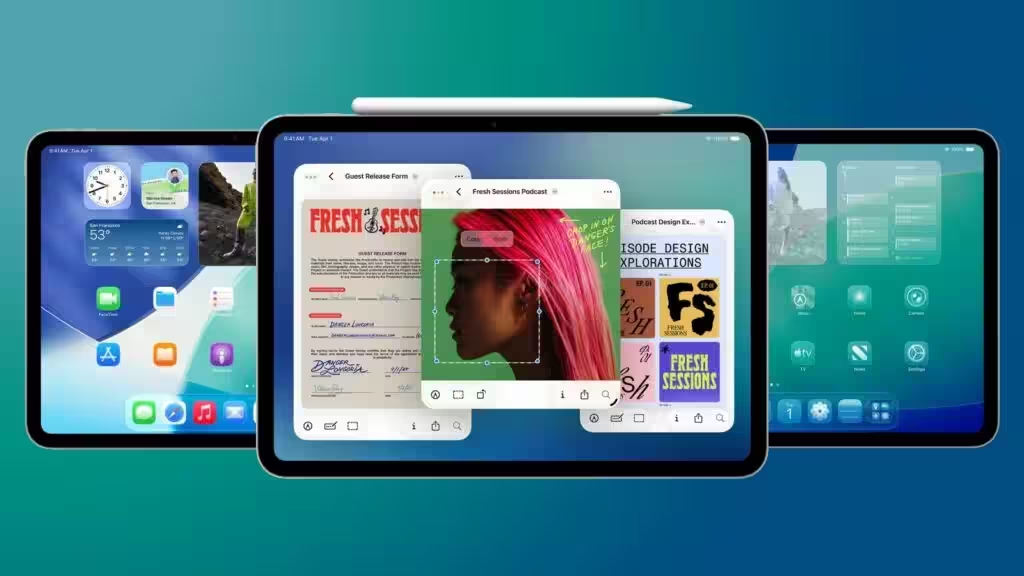Apple iPad (2025) VS iPad Air (2025): which to choose in the age of AI?
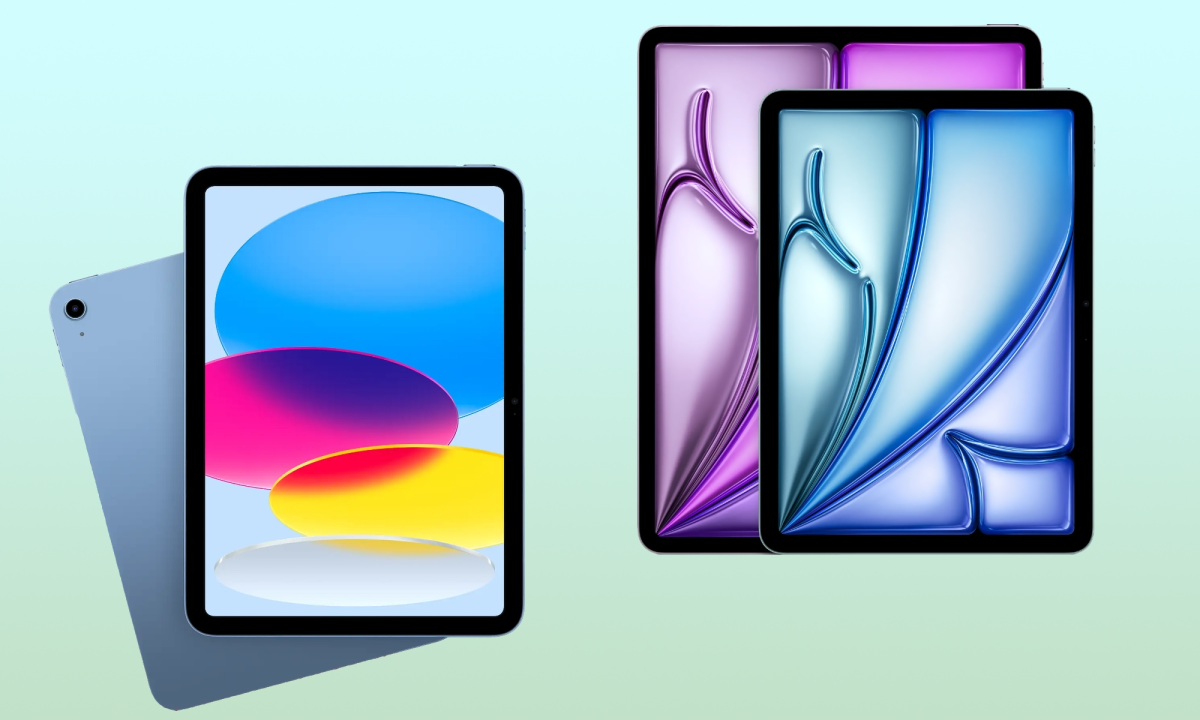
In early March, Apple held a presentation unveiling two new iPads. While the new base iPad has been highly anticipated, the company also took the opportunity to unveil the modestly updated M3 iPad Air just ten months after its predecessor.
None of these tablets are revolutionary upgrades over previous models. In the Apple Intelligence era, the new iPad is the first device to be released without any AI features.
Analogously, the new iPad Air gets a powerful new M3 chip, but not much different from the M2 version. It’s not a bad upgrade, but it’s unlikely to compel anyone to trade in their last year’s tablet.
That’s not the point at all, though. The latest iPads won’t do much to entice customers who have previous models of these devices, but they’ll be a great upgrade for those who’ve been meaning to upgrade for a while (or who want to experience Apple’s tablets for the first time). And if you’re now faced with the choice of which device to choose, we’ve prepared an article that looks at how they differ from each other.
Technical specifications
| Characteristics | iPad (2025) |
iPad Air (2025) | |
| Dimensions | 248,6 x 179.5 x 7 mm | – 11 in: 247.6 x 178.5 x 6.1 mm – 13 inches: 280.6 x 214.9 x 6.1 mm |
|
| Weight | 477-481 grams | -11 in: 460 grams -13 inches: 616-617 grams |
|
| Display | – 11-inch sRGB color
– 2360 x 1640 pixels at 264 ppi |
– 11-inch or 13-inch widescreen color (P3) – Fully laminated, anti-reflective coating -11 in: 2360 x 1640 pixels at 264 ppi |
|
| Brightness | 500 nits (SDR) | -11 in: 500 nits (SDR) – 13 inches: 600 nits (SDR) |
|
| PO | iPadOS 18 | iPadOS 18 | |
| Storage | 128/256/512 GB | 128/256/512 GB, 1 TB | |
| Processor | A16 | M3 | |
| Operating Memory | 6GB | 8GB | |
| Main and front camera | – 12-megapixel f/1 wide-angle camera.8 with Smart HDR 4
– 12-megapixel f/2.4 ultra-wide-angle landscape camera with Center Stage and Smart HDR 4 |
– 12-megapixel f/1.8 wide-angle camera with Smart HDR 4
– 12-megapixel f/2.4 ultra-wide-angle landscape camera with Center Stage and Smart HDR 4 |
– 12-megapixel f/1.8 wide-angle camera with Smart HDR 4
– 12-megapixel f/2.0 with Center Stage and Smart HDR 4 |
| Video Shooting | – Up to 4K at 60fps – 1080p Slo-Mo at 240fps |
– Up to 4K at 60 frames per second – 1080p Slo-Mo at 240 frames per second |
|
| Bluetooth | Bluetooth 5.3 | Bluetooth 5.3 | |
| Ports | USB-C, Smart Connector | USB-C, Smart Connector | |
| Authentication | Touch ID | Touch ID | |
| SIM card | Touch ID | ||
| eSIM | eSIM | ||
| Speakers | Stereo speakers, two microphones | Stereo speakers, two microphones | |
| Uptime | Up to 10 hours of active use | Up to 10 hours of active use | |
| Network | Wi-Fi 6 / 5G (below 6 GHz) | Wi-Fi 6E / 5G (below 6 GHz) | |
| Keyboard Support | – Magic Keyboard Folio – Bluetooth-keyboards |
– Magic Keyboard for iPad Air – Bluetooth keyboards |
|
| Colors | Blue, pink, yellow, silver | Cosmic gray, purple, blue, shining star (gold) | |
| Price | $349 (from 47,999 rubles) | $599 (from 79,999 rubles) |
Design
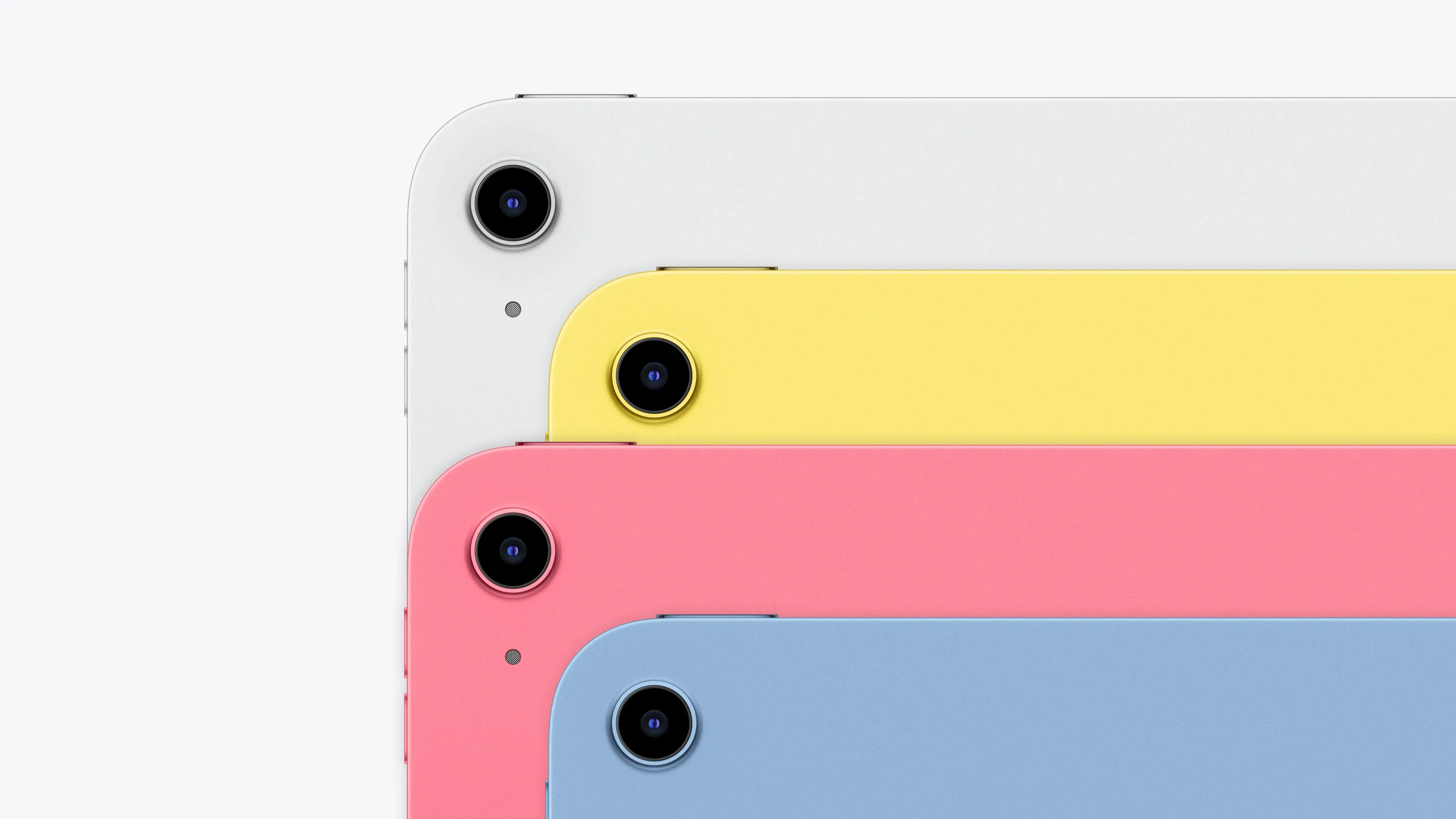
Because Apple decided to redesign the base iPad in 2022, at first glance you’ll have a hard time telling the difference between the entry-level iPad (2025) and its more expensive counterpart, the iPad Air (2025). Both iPads have an 11-inch screen and similar dimensions, though the more premium model is still a bit thinner.
This may not seem like a huge difference, but it gives it a neater and more elegant look by slightly narrowing the bezels. It’s also a few grams lighter. These are differences you’re unlikely to notice, but still the iPad Air (2025) looks more premium. iPad Air (2025) is also available in a larger 13-inch version, which the smaller model doesn’t have.
Apple’s color options make the differences between the two tablets more obvious. The iPad (2025) is available in pretty standard silver, blue, pink and yellow hues. They’re pretty brightly colored. The iPad Air (2025), by contrast, has bedazzled colors like blue and purple, with neutral gray and gold (shining star) added to give the expensive tablet a more serious look.
The iPad Air (2025) is available in a pretty standard silver, blue, pink, and yellow.
Except for the colors and a slight size difference, the iPad (2025) and iPad Air (2025) are made of the same material: all the buttons, speakers, cameras, and microphones are in the same places. The iPad (2025) has a Smart Connector on the side opposite the camera for attaching the Apple Magic Keyboard Folio, while the iPad Air (2025) has the connector on the back so you can use the Magic Keyboard. There is also a Smart Connector on the camera side of the iPad Air (2025) for charging the Apple Pencil Pro. The iPad (2025) only works with Apple Pencil (1st generation) and Apple Pencil (USB-C), neither of which support wireless charging.
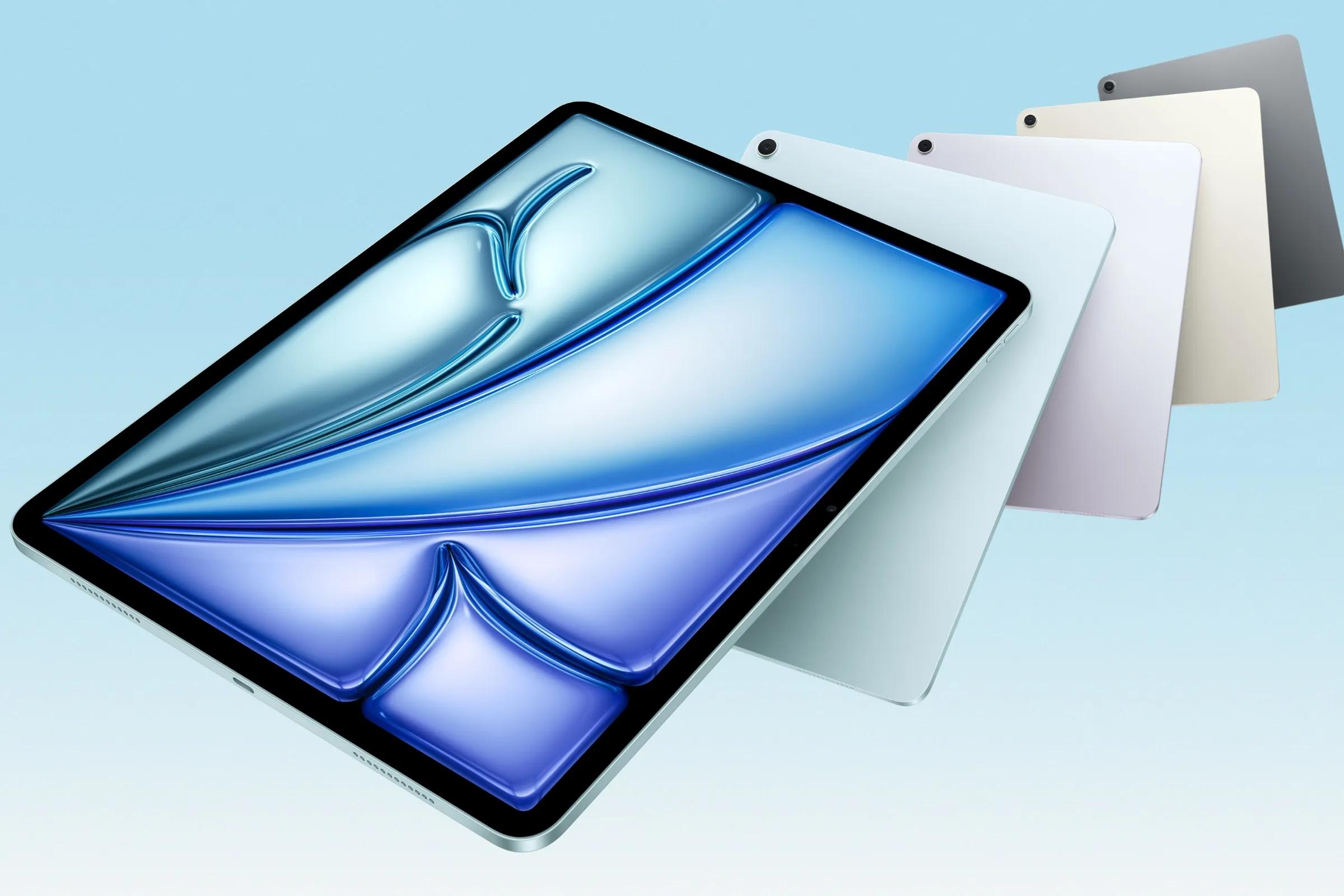
As usual, the iPad comes without any guarantee of dust and water resistance. The company doesn’t specify the IP rating of its tablets. Unlike Ceramic Shield on the iPhone, there’s also no mention of how durable the front glass is. It recommends avoiding water and using a protective case for both models.
The company recommends avoiding water and using a protective case for both models.
Display

The iPad (2025) has almost as good a display as its more expensive counterpart. Both 11-inch models feature an LED-backlit IPS display with a resolution of 2360×1640 pixels, with a maximum brightness of 500 nits in SDR mode. The 13-inch iPad Air naturally has a higher resolution — 2732×2048, but this is purely due to its size. The pixel density is 264 pixels per inch (ppi) in all three models.
Although the basic specifications of the displays are nearly identical, the iPad Air (2025) has a few additional advantages. It has a fully laminated display with an anti-reflective coating. This noticeably reduces glare and improves responsiveness to touch, as well as the ease of writing and drawing with Apple Pencil or other stylus. This is by no means a matte screen — for that, you’d have to shell out at least $1,000 more for the flagship iPad Pro (2024) with a premium nano-textured display.
At least you’d have to shell out at least $1,000 more for a flagship iPad Pro (2024) with a premium nano-textured display.
iPad Air (2025) also features P3’s wide color gamut. This provides a 25% wider range of colors than the sRGB display in the iPad (2025). This will be of interest mainly to those working in fields where a wider range and more accurate colors are important, such as photography, video editing, and design. This makes images on the iPad Air (2025) look richer and more vibrant, but you’re unlikely to notice this if you play regular games or watch movies, as it only affects HDR content, which has been set to a wider color gamut. You won’t see any difference when watching SDR content.
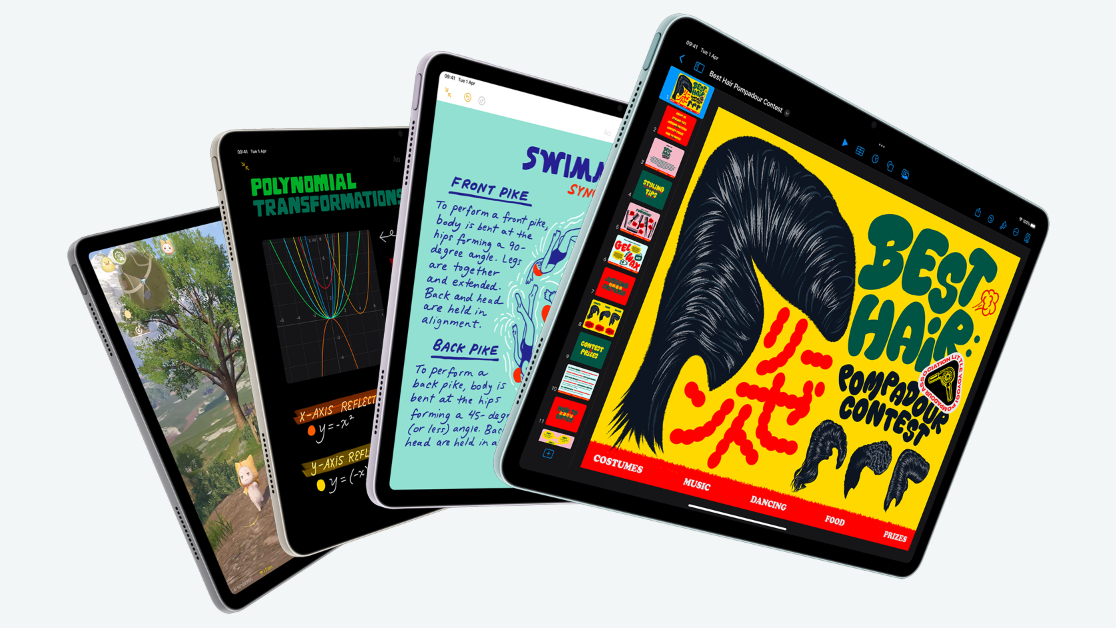
Finally, the iPad Air (2025) display has one more feature — Apple Pencil pointing support. This allows you to hold the Apple Pencil Pro or Apple Pencil (USB-C) a few millimeters above the screen to preview where the cursor will be positioned.
Performance
The simple chip in the iPad (2025) was a bit of a surprise. In the age of AI, Apple released its first iPad without equipping it with the much-publicized features of its future artificial intelligence. Instead, Apple not only used a variation of 2022’s A16 Bionic chip, but also lowered its performance by removing one CPU core and one GPU core.
The A16 Bionic has a 6-core CPU and a 5-core GPU and was originally used in the iPhone 14 Pro before appearing in the iPhone 15. However, the A16 chip in the iPad (2025) no longer has the “Bionic” designation. It’s now just “A16” and features a five-core CPU and a five-core GPU, though it still boasts the same 16-core neural processing unit (NPU). Oddly enough, this chip is faster than even the M2 NPU, but the iPad (2025) lacks the RAM to run Apple Intelligence.
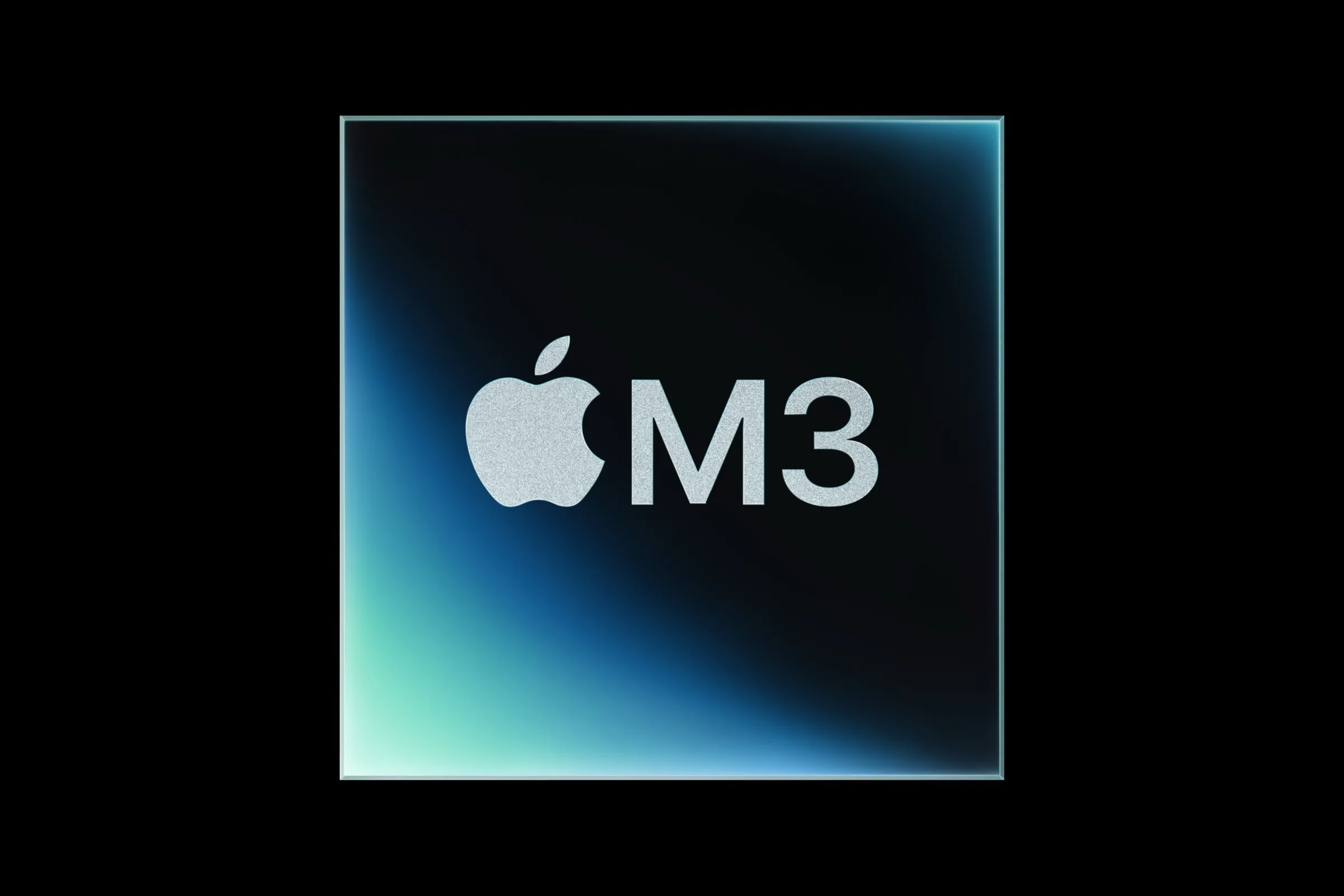
Nevertheless, no matter how much the company promotes Apple Intelligence, there’s a lot more to the iPad, and the A16 chip is still a good choice for a budget tablet. As we wrote in early 2023, the A14 Bionic in the iPad (2022) was already delivering good performance in gaming and even video editing. The A16 chip promises to improve that by 30%, so there’s no reason to believe the iPad (2025) will be a weak tablet.
iPad (2025) will handle everyday tasks with ease. And while it’s no match for AAA console games like Resident Evil Village or Assassin’s Creed: Mirage, it can handle Genshin Impact just fine, as long as you don’t try to max out the frame rate and resolution at the same time.
While the performance of Apple’s entry-level tablet will suffice for most users, it’s no match for the iPad Air (2025), which has an M3 chip. It’s the same class of chip found in the 2024 MacBook Air, and it’s just one generation behind the base chip used in most modern Macs.
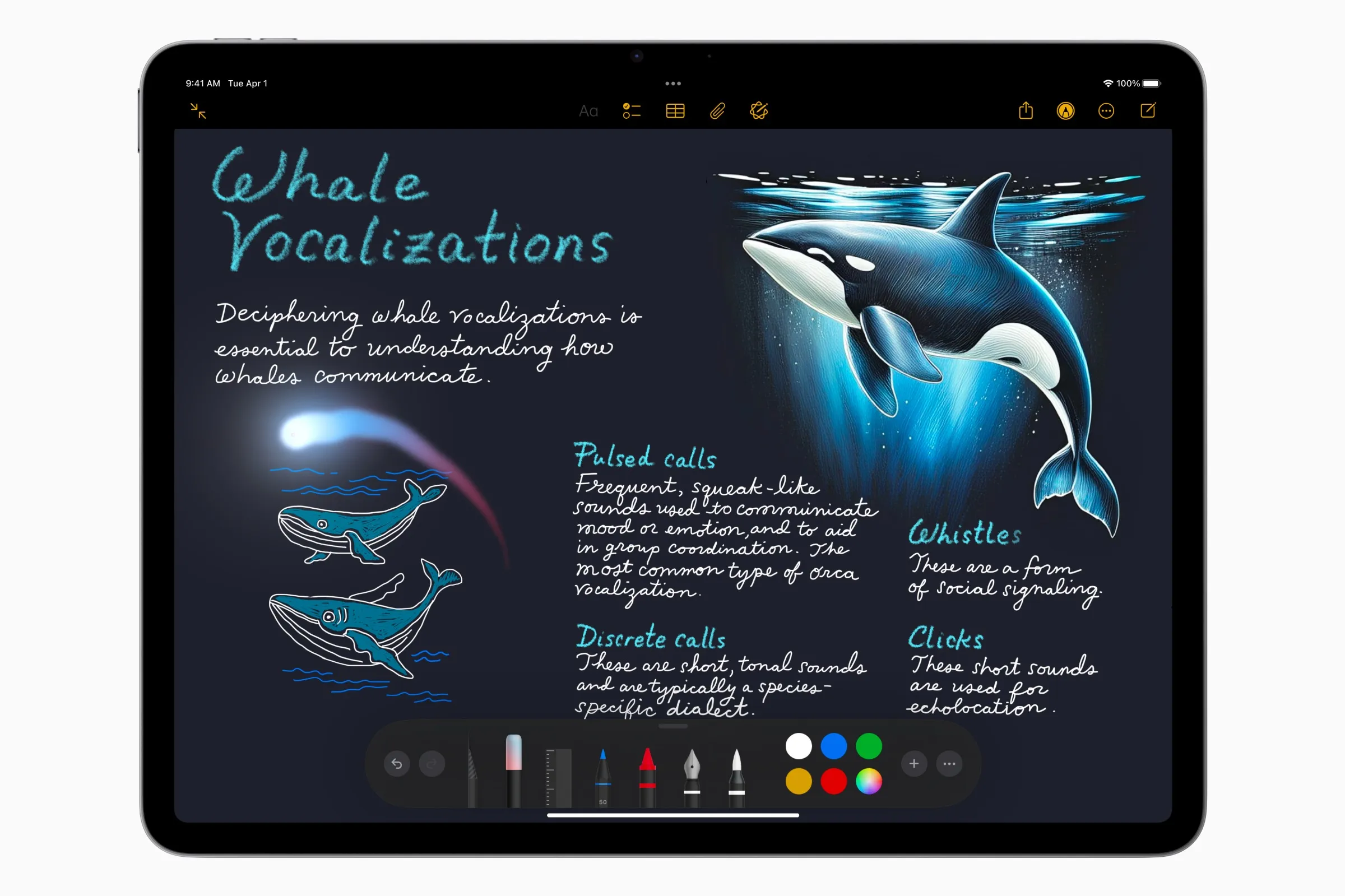
iPad Air (2025) — is a powerful device, but its power is far more than you might need — especially for a tablet. Sure, there’s support for the most demanding games on the App Store, which require an M-series chip. However, the real power is for those who want to do complex tasks, such as complex editing.
This is because the M3 has a dedicated media engine that provides hardware accelerated encoding and decoding of 8K HEVC, 4K H.264, ProRes and ProRes RAW, as well as hardware AV1 decoding. The A16 has none of this, which means the iPad (2025) will have to do all of this programmatically. If you’re looking for a tablet on which to run Final Cut Pro or DaVince Resolve, the iPad Air (2025) — is the one for you.
PO and features
iPad (2025) and iPad Air (2025) come with iPadOS 18.3, the latest version of Apple’s tablet operating system. While the company hasn’t said anything specific, we can assume that both tablets will receive stable updates over the next five years.
And we can assume that both tablets will receive stable updates over the next five years.
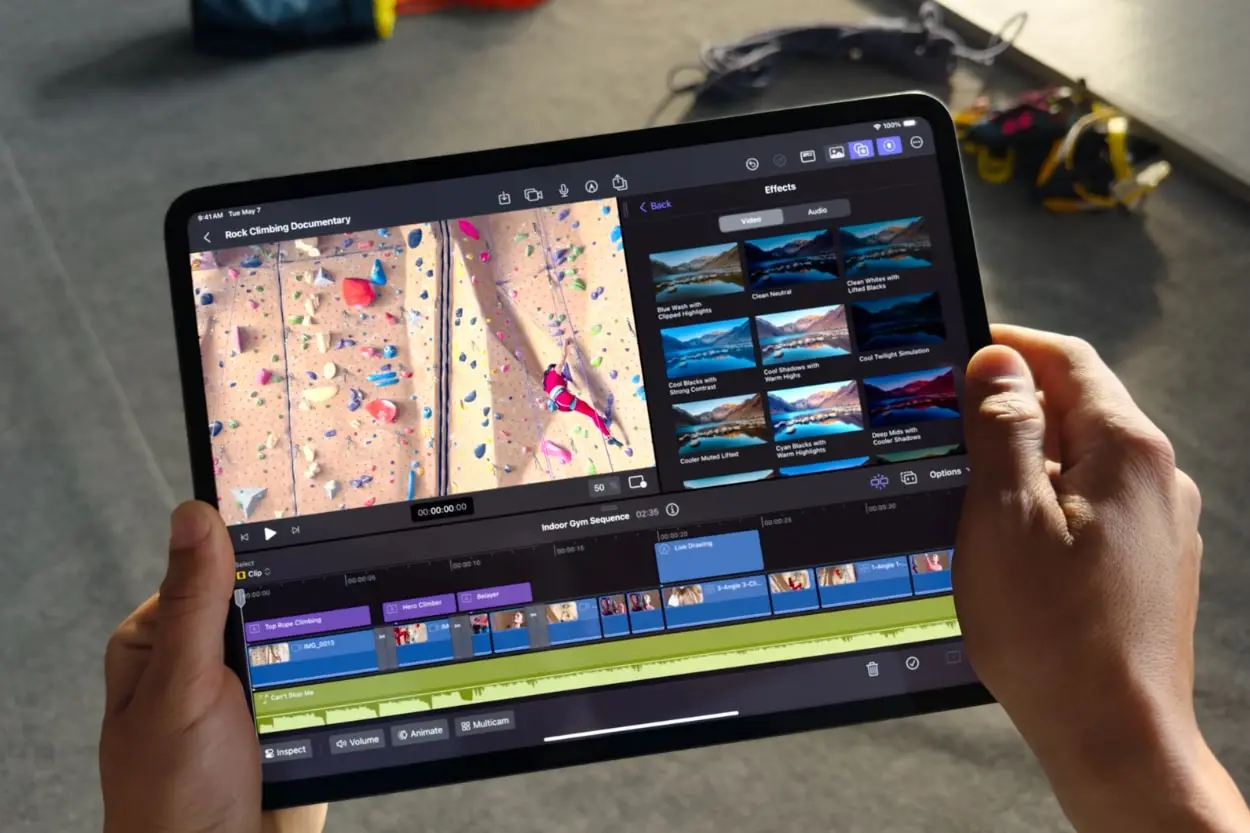
So, in terms of basic software features, both devices are on par. However, the fact that Apple decided to leave the iPad (2025) without AI means that the iPad Air (2025) can do much more. Apple Intelligence features like Writing Tools, Image Playground, Genmoji, prioritized notifications and summaries are only available on the more expensive model.
If you don’t need AI, the rest of the features are virtually identical. However, the iPad Air does have support for the latest-generation Apple Pencil, which charges wirelessly from the tablet itself. So if you’re interested in AI and would like a more modern Apple stylus on a brighter, richer display, the iPad Air (2025) is your choice.
Cameras
Cameras aren’t usually a priority for most tablet buyers, and Apple is well aware of that. Even the flagship iPad Pro has a single rear 12-megapixel (MP) module designed for nothing more than scanning documents. The iPad (2025) and the iPad Air (2025) have identical cameras.
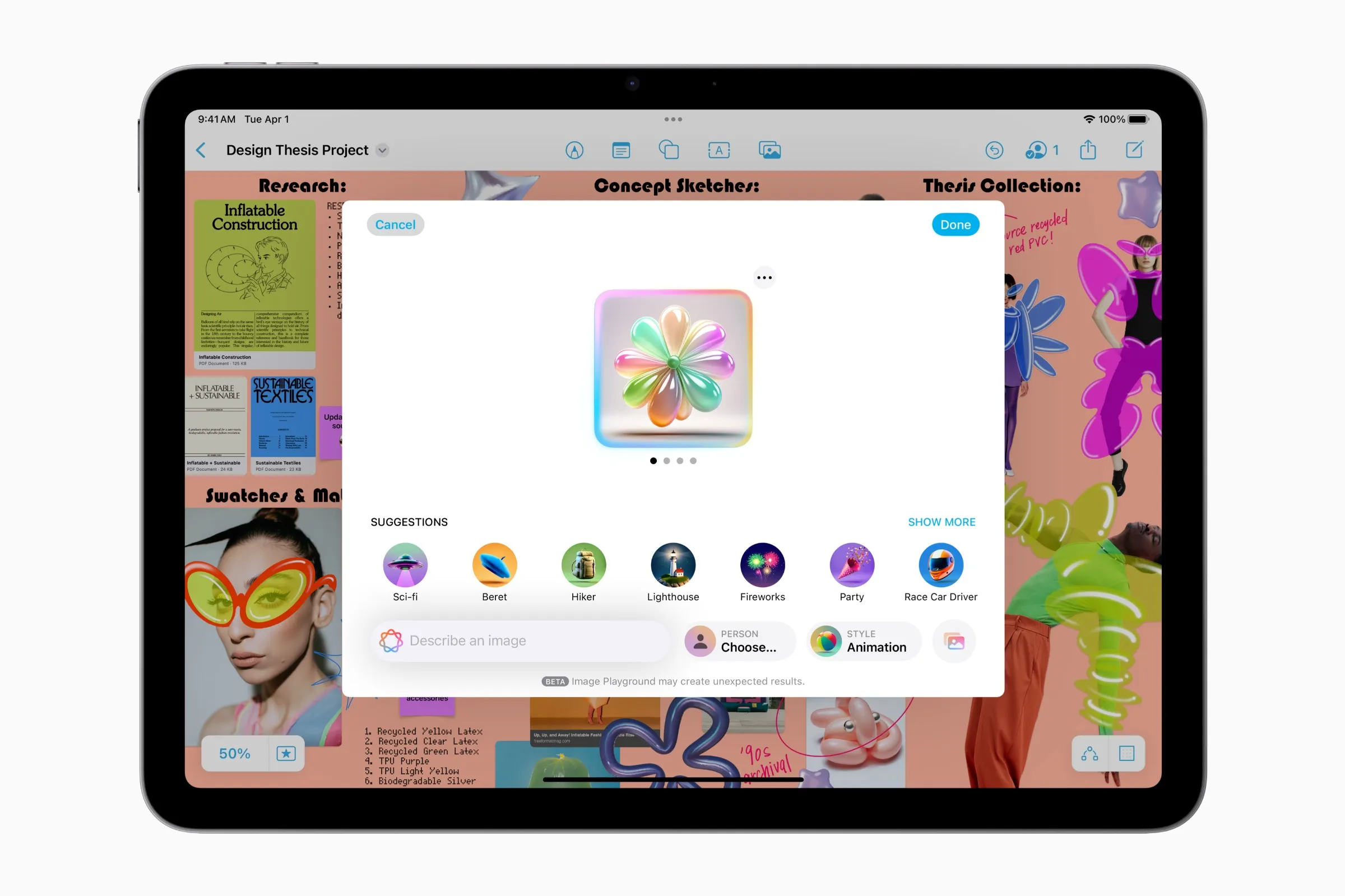
In particular, both models feature a single 12MP wide-angle camera with f/1.8 aperture, 5x digital zoom, and Smart HDR 4 support. They can record 4K video at up to 60 frames per second (fps) or slow-motion 1080p video at up to 240 fps.
They’re also capable of recording 4K video at up to 60 frames per second (fps) or slow-motion 1080p video at up to 240 fps.
The iPad Air (2025) has two relatively minor upgrades to its front camera system: a wider f/2.0 aperture for better low-light photography, and the addition of True Tone to the Retina Flash for more balanced colors and less whitening effects. These small differences may give it some advantage in certain conditions, but it’s unlikely that most users will notice any difference.
Battery life and charging
iPad (2025) and 11-inch iPad Air (2025) have a 28.93Wh battery, while the 13-inch model gets a 36.59Wh battery. These are the same batteries as the 2022 and 2024 predecessors, and battery life is the same.
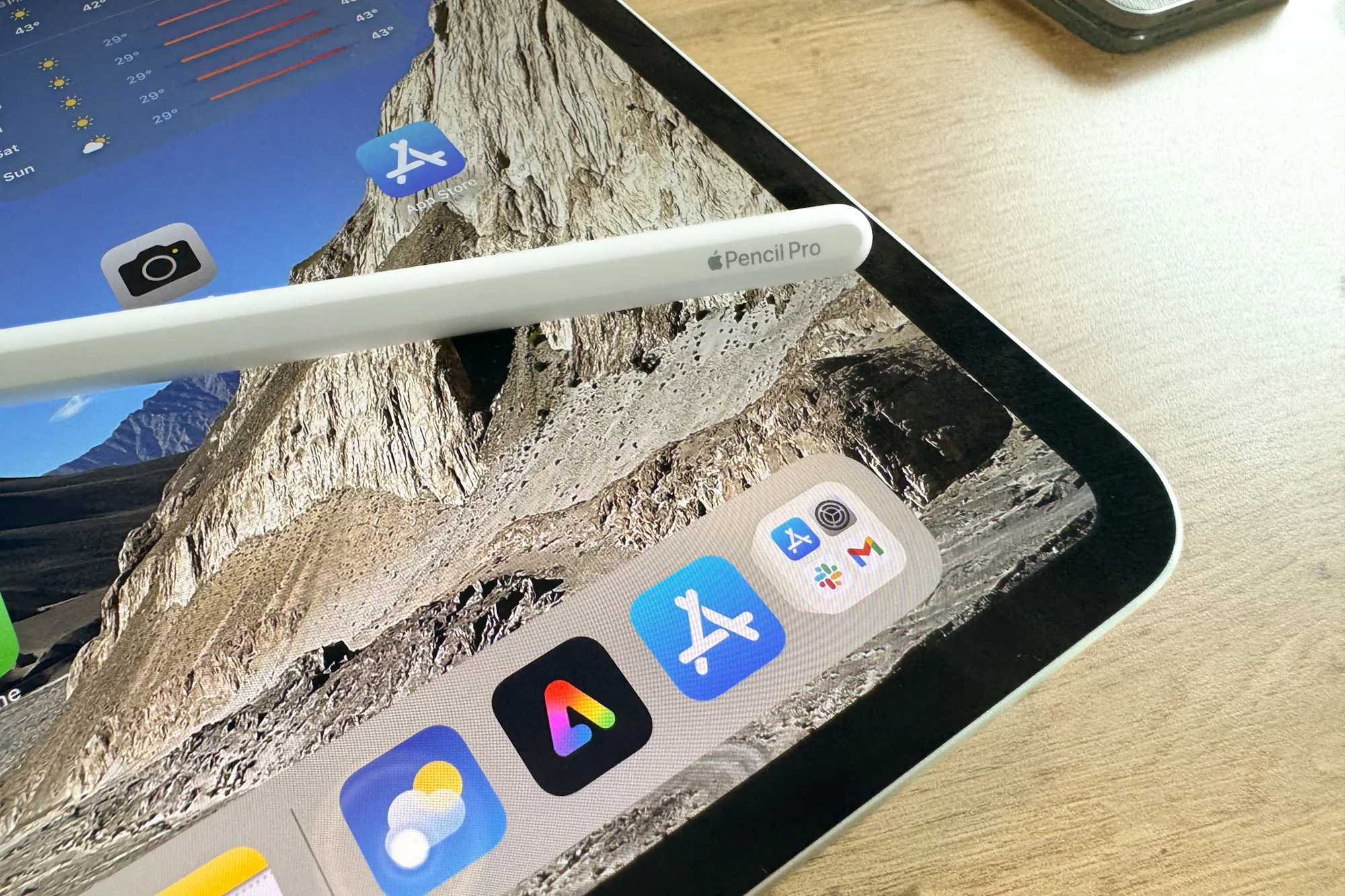
While you’d think the larger battery in the 13-inch iPad Air would provide more battery life, the extra power is eaten up by the larger screen. The iPad and both iPad Air models promise the same 10 hours of web browsing or video playback, which drops to 9 hours if you use cellular data instead of Wi-Fi.
All of Apple’s iPads charge exclusively via USB-C. It comes with a meter-long USB-C charging cable and a 20W USB-C power adapter. You can probably charge a little faster if you buy your own higher-power adapter — tests have shown that most iPads can charge with up to 30 watts of power.
Price
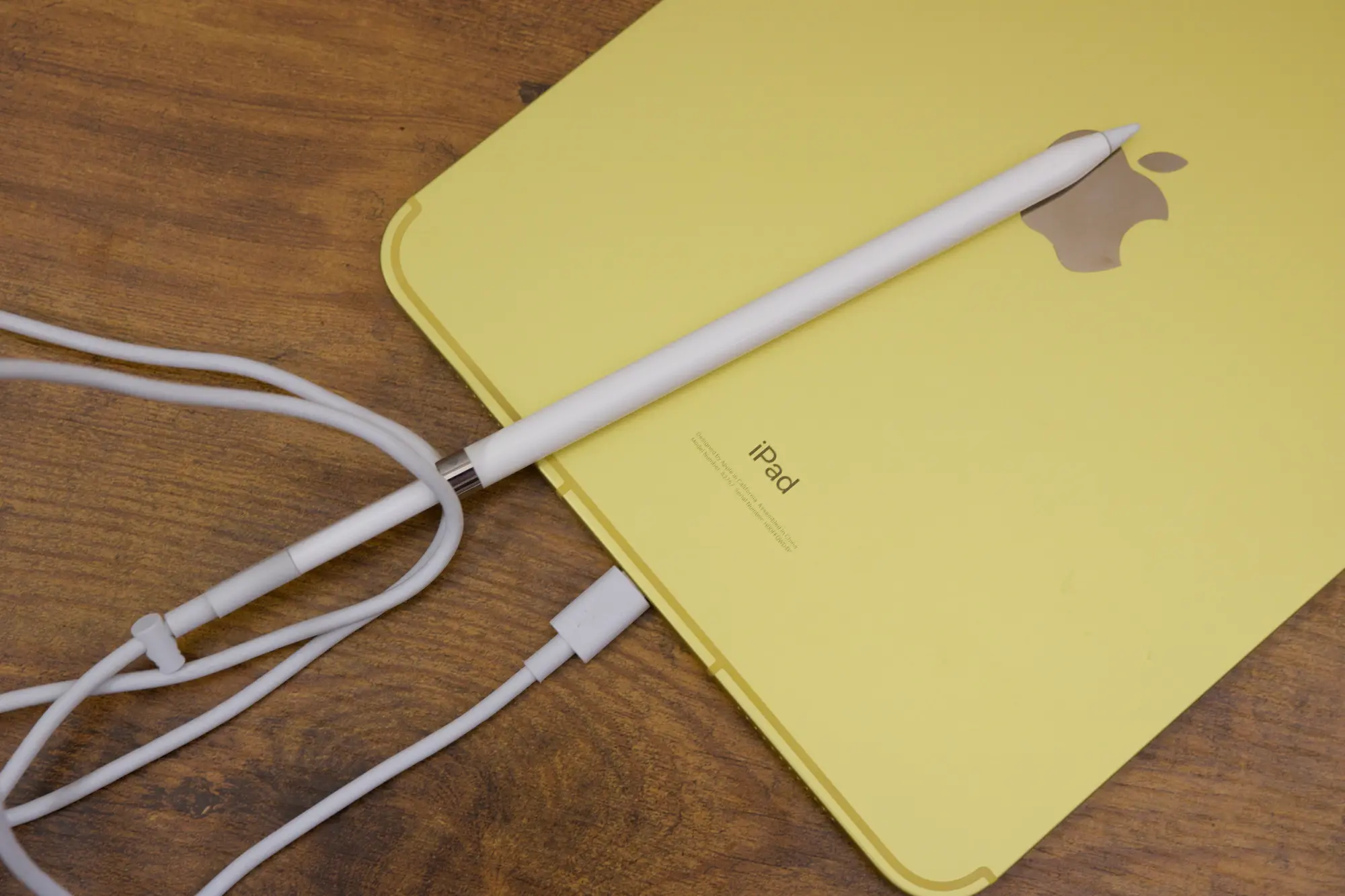
iPad (2025) and iPad Air (2025) were announced on March 4. They’re available for pre-order now.
The base model iPad (2025) starts at RUB 47,999 and now has 128GB of storage, up from its 64GB predecessor. The 256GB version starts at 59,999 rubles.
The iPad Air (2025) starts at 79,999 for the 11-inch model with 128GB of storage. The 13-inch iPad Air starts at 114,999.
Total:
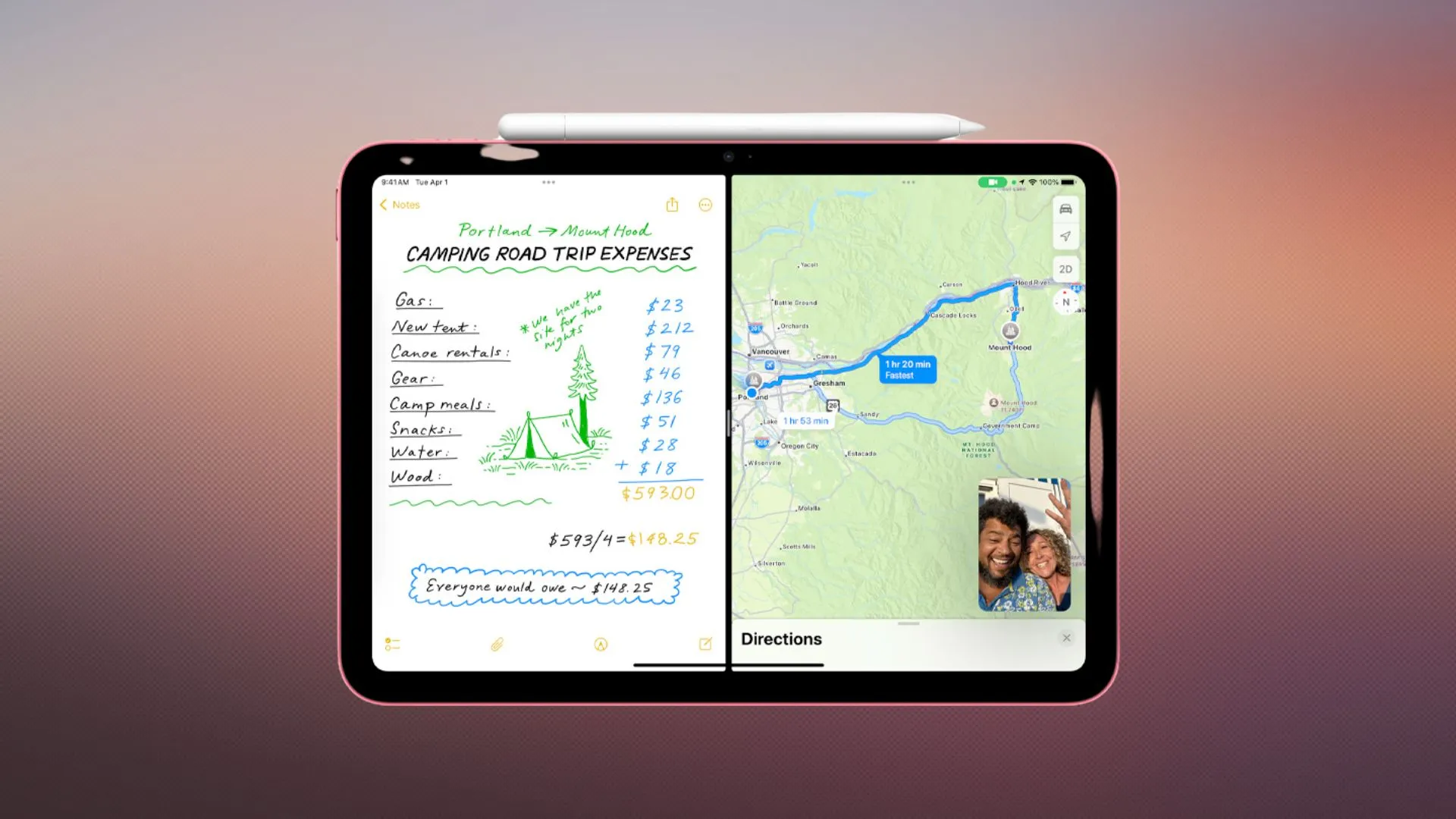
Priced at R47,999, the iPad (2025) is hard to beat, and we think it’s the best iPad for most people. It’s not without its flaws, but you get good performance that can handle all but the most demanding AAA games and complex video editing tasks; a great screen for surfing the web, reading, and watching videos; and a solid front-facing camera for video calls between friends, family, and coworkers. If that’s all you need from a tablet, the entry-level iPad is up to the task.
In addition, the iPad (2025) solves its predecessor’s biggest problem by increasing the base storage capacity to 128GB.
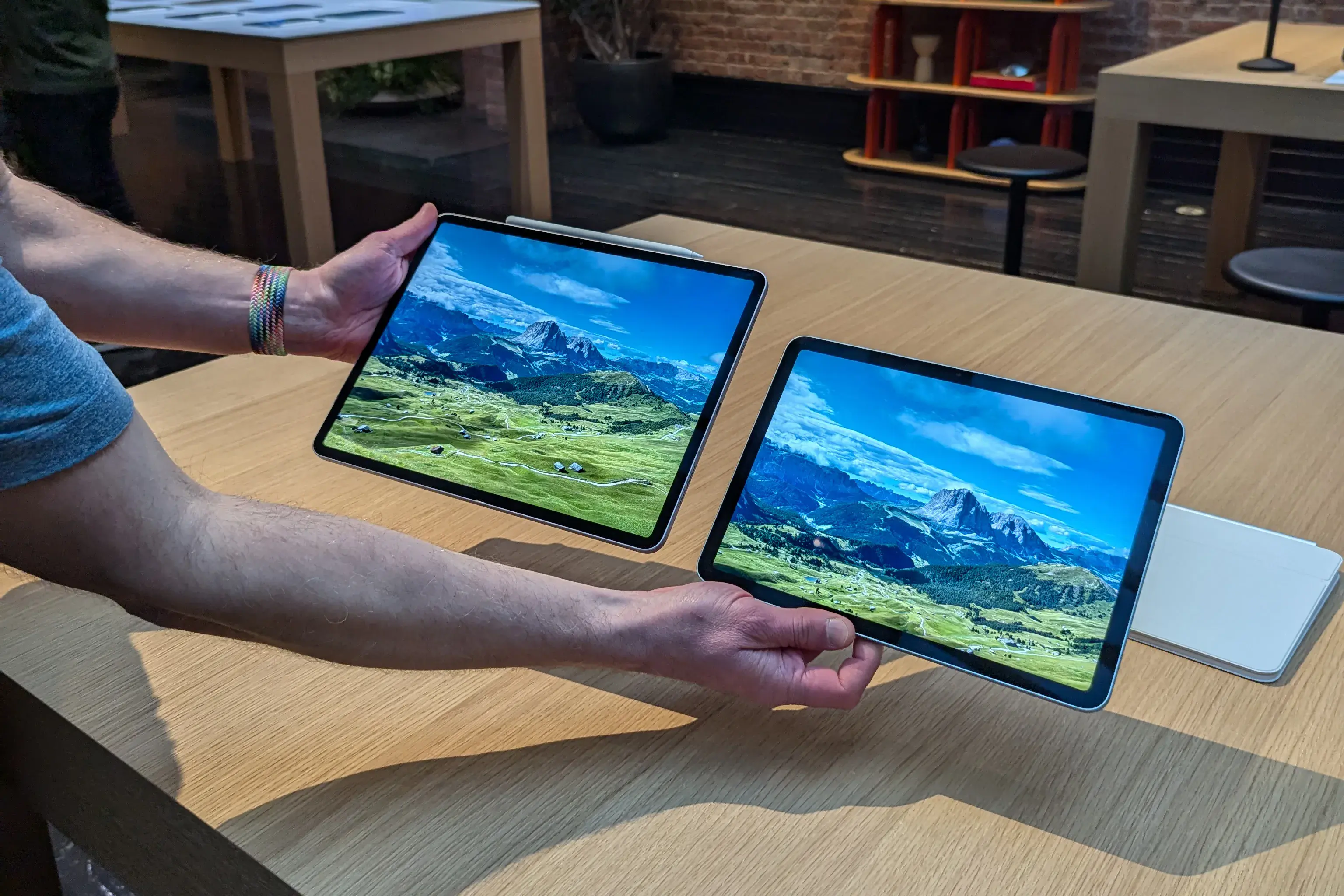
There are some good reasons to splurge on the iPad Air, including a better screen, top-notch performance in gaming and video editing, outstanding Apple Pencil Pro capabilities, and Apple Intelligence support. However, it’s not much better than the standard iPad when it comes to everyday tasks, unless you’re looking for a bigger screen. If a 13-inch screen is on your list of must-have tablet requirements, the iPad Air —s your only real choice, unless you’re willing to pay the price for an iPad Pro.






